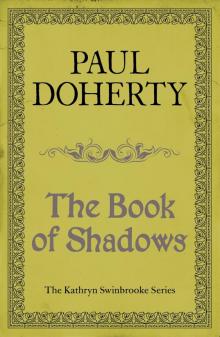 Book of Shadows
Book of Shadows The Merchant of Death
The Merchant of Death Dark Queen Waiting
Dark Queen Waiting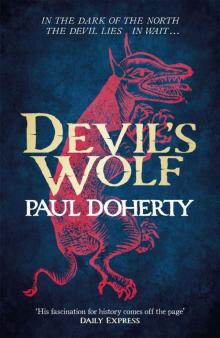 Devil's Wolf
Devil's Wolf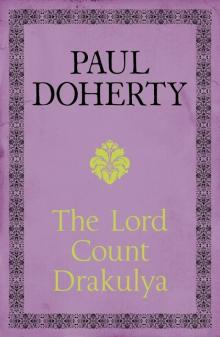 The Lord Count Drakulya
The Lord Count Drakulya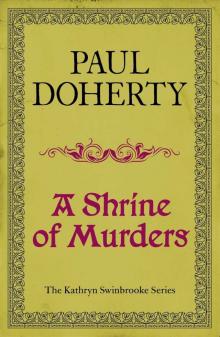 A Shrine of Murders
A Shrine of Murders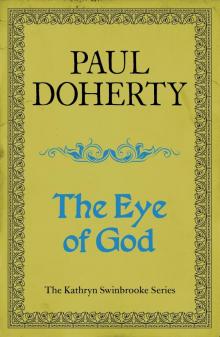 The Eye of God
The Eye of God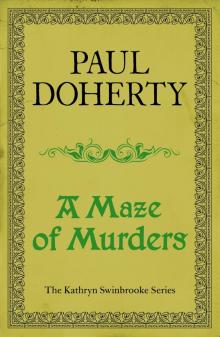 A Maze of Murders
A Maze of Murders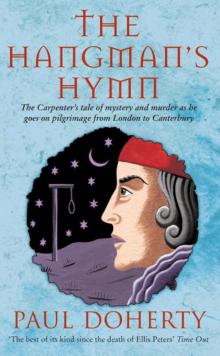 The Hangman's Hymn
The Hangman's Hymn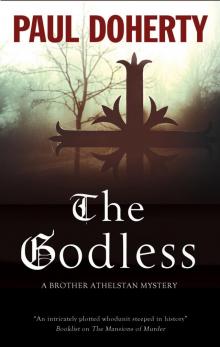 The Godless
The Godless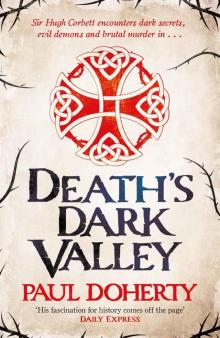 Death's Dark Valley
Death's Dark Valley Queen of the Night ar-4
Queen of the Night ar-4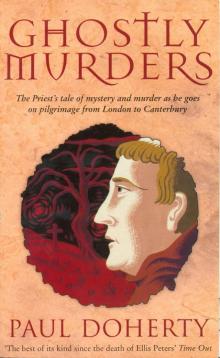 Ghostly Murders
Ghostly Murders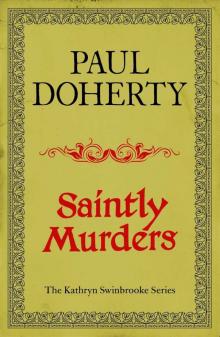 Saintly Murders
Saintly Murders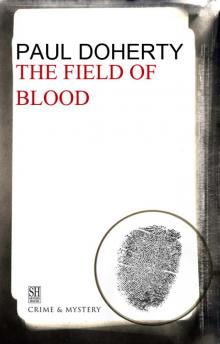 The Field of Blood
The Field of Blood Hugh Corbett 10 - The Devil's Hunt
Hugh Corbett 10 - The Devil's Hunt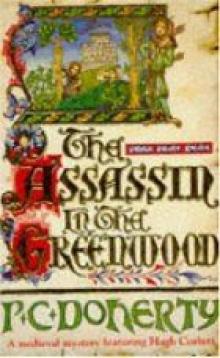 Assassin in the Greenwood hc-7
Assassin in the Greenwood hc-7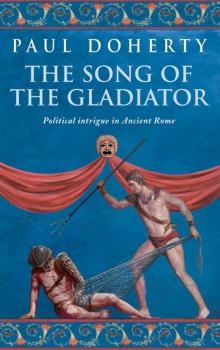 The Song of the Gladiator
The Song of the Gladiator Hugh Corbett 17 - The Mysterium
Hugh Corbett 17 - The Mysterium The Mask of Ra
The Mask of Ra An Evil Spirit Out of the West (Ancient Egyptian Mysteries)
An Evil Spirit Out of the West (Ancient Egyptian Mysteries)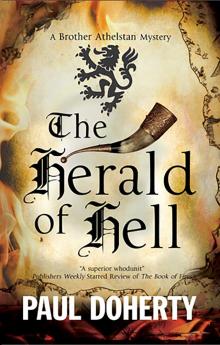 Herald of Hell
Herald of Hell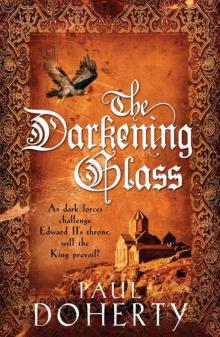 Mathild 03 - The Darkening Glass
Mathild 03 - The Darkening Glass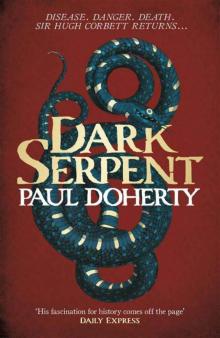 Dark Serpent (Hugh Corbett 18)
Dark Serpent (Hugh Corbett 18)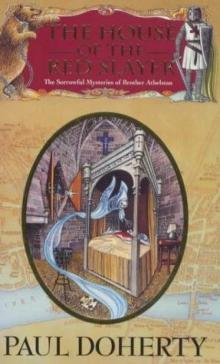 House of the Red Slayer smoba-2
House of the Red Slayer smoba-2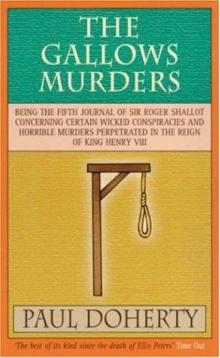 The Gallows Murders
The Gallows Murders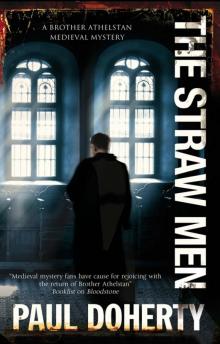 The Straw Men
The Straw Men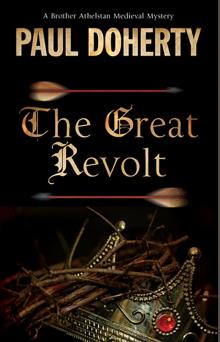 The Great Revolt
The Great Revolt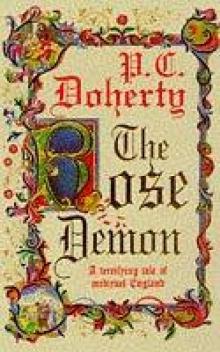 The Rose Demon
The Rose Demon By Murder's bright light smoba-5
By Murder's bright light smoba-5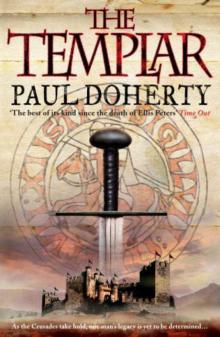 Templar
Templar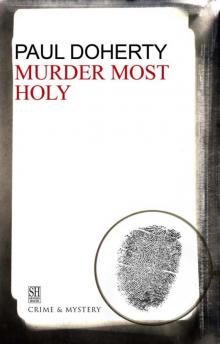 Murder Most Holy
Murder Most Holy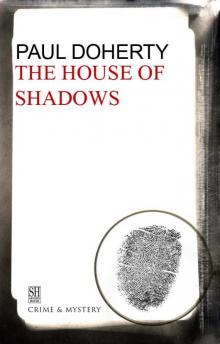 The House of Shadows
The House of Shadows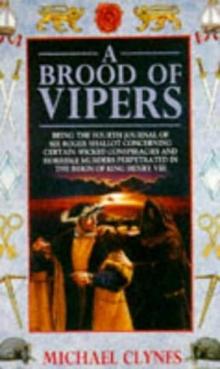 A Brood of Vipers srs-4
A Brood of Vipers srs-4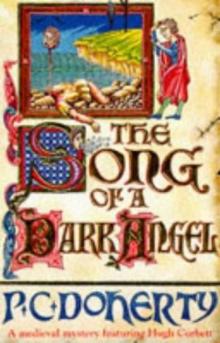 Song of a Dark Angel hc-8
Song of a Dark Angel hc-8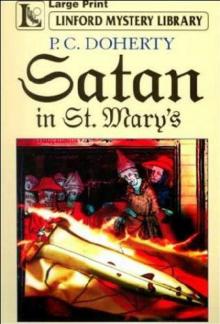 Satan in St Mary hc-1
Satan in St Mary hc-1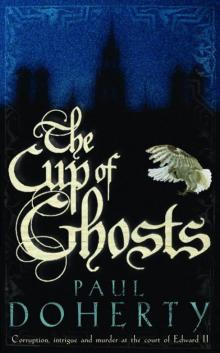 Mathilde 01 - The Cup of Ghosts
Mathilde 01 - The Cup of Ghosts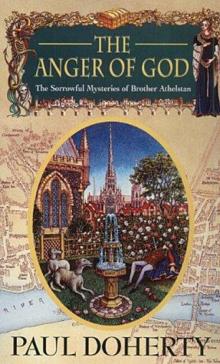 The Anger of God smoba-4
The Anger of God smoba-4 Isabella and the Strange Death of Edward II
Isabella and the Strange Death of Edward II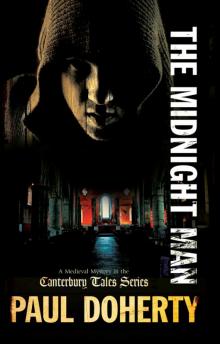 The Midnight Man ctomam-7
The Midnight Man ctomam-7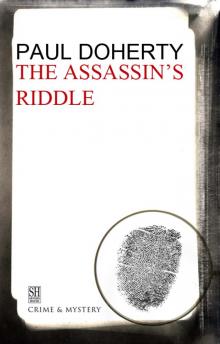 The Assassin's Riddle
The Assassin's Riddle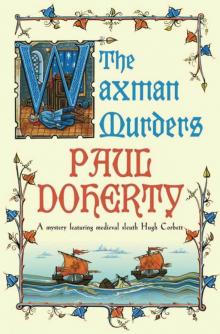 Hugh Corbett 15 - The Waxman Murders
Hugh Corbett 15 - The Waxman Murders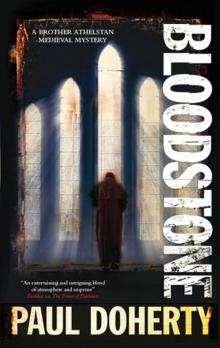 Bloodstone smoba-11
Bloodstone smoba-11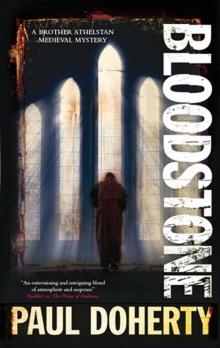 Bloodstone
Bloodstone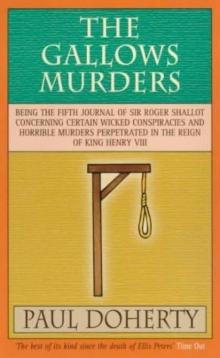 The Gallows Murders srs-5
The Gallows Murders srs-5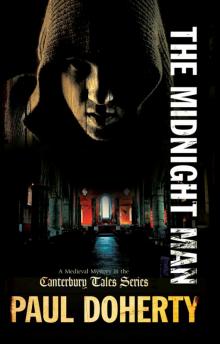 The Midnight Man
The Midnight Man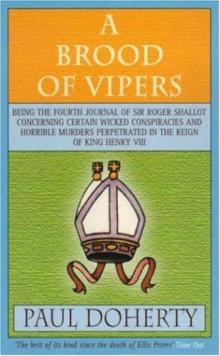 A Brood of Vipers
A Brood of Vipers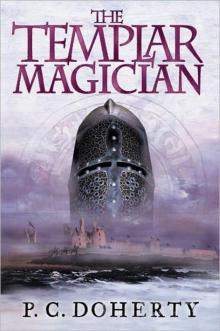 The Templar Magician
The Templar Magician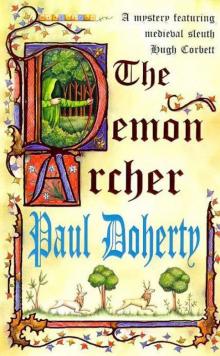 Hugh Corbett 11 - The Demon Archer
Hugh Corbett 11 - The Demon Archer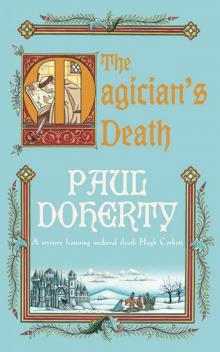 Hugh Corbett 14 - The Magician's Death
Hugh Corbett 14 - The Magician's Death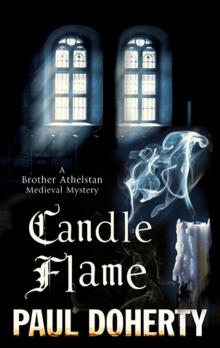 Candle Flame
Candle Flame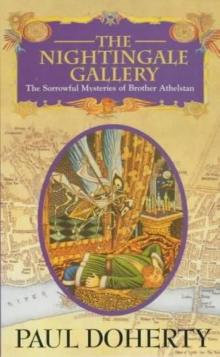 The Nightingale Gallery smoba-1
The Nightingale Gallery smoba-1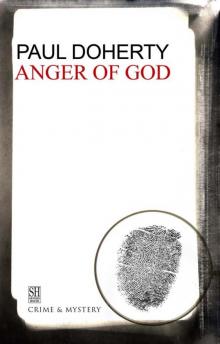 The Anger of God
The Anger of God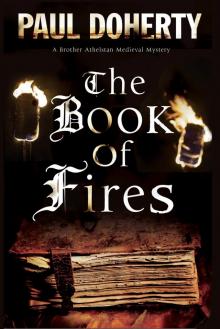 The Book of Fires
The Book of Fires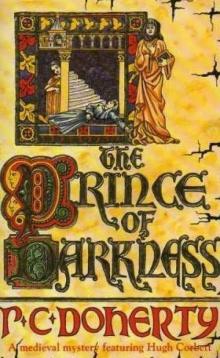 Prince of Darkness hc-5
Prince of Darkness hc-5 The House of Crows smoba-6
The House of Crows smoba-6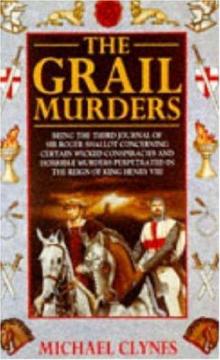 The Grail Murders
The Grail Murders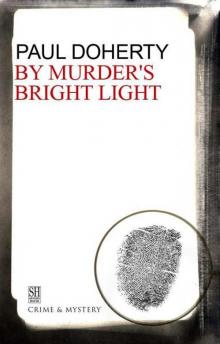 By Murder's Bright Light
By Murder's Bright Light House of the Red Slayer
House of the Red Slayer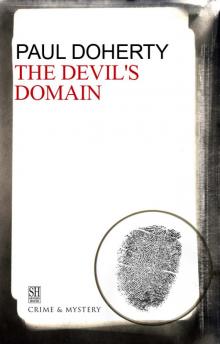 The Devil's Domain
The Devil's Domain The Relic Murders srs-6
The Relic Murders srs-6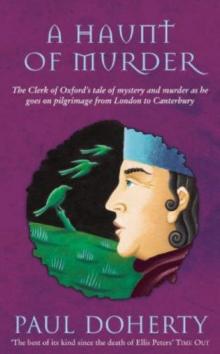 A haunt of murder ctomam-6
A haunt of murder ctomam-6 The Straw Men smoba-12
The Straw Men smoba-12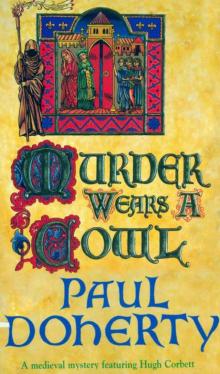 Hugh Corbett 06 - Murder Wears a Cowl
Hugh Corbett 06 - Murder Wears a Cowl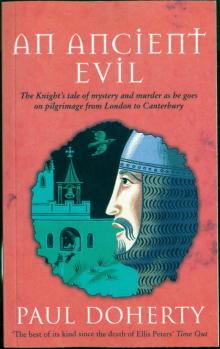 An Ancient Evil (Canterbury Tales Mysteries)
An Ancient Evil (Canterbury Tales Mysteries)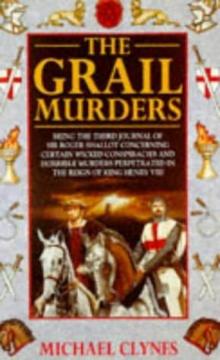 The Grail Murders srs-3
The Grail Murders srs-3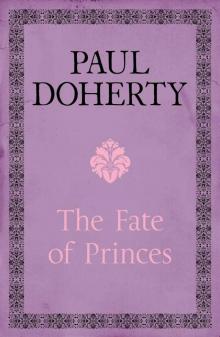 The Fate of Princes
The Fate of Princes The poisoned chalice srs-2
The poisoned chalice srs-2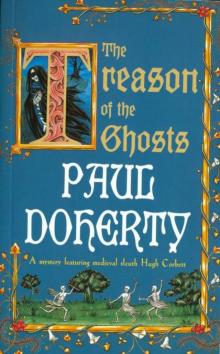 Hugh Corbett 12 - The Treason of the Ghosts
Hugh Corbett 12 - The Treason of the Ghosts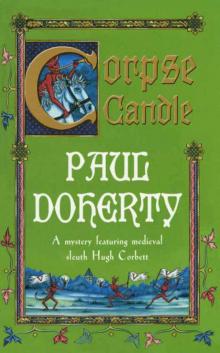 Hugh Corbett 13 - Corpse Candle
Hugh Corbett 13 - Corpse Candle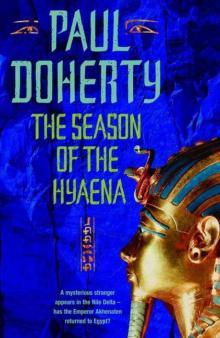 The Season of the Hyaena (Ancient Egyptian Mysteries)
The Season of the Hyaena (Ancient Egyptian Mysteries) The White Rose murders srs-1
The White Rose murders srs-1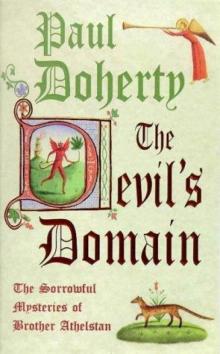 The Devil's domain smoba-8
The Devil's domain smoba-8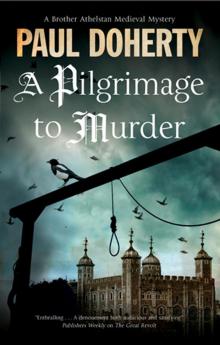 A Pilgrimage to Murder
A Pilgrimage to Murder Roseblood
Roseblood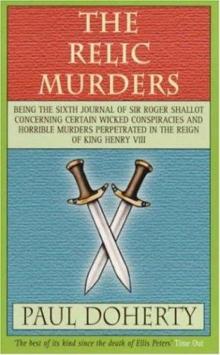 The Relic Murders
The Relic Murders The Assassin's riddle smoba-7
The Assassin's riddle smoba-7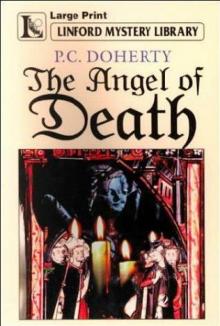 Angel of Death hc-4
Angel of Death hc-4 Dark Queen Rising
Dark Queen Rising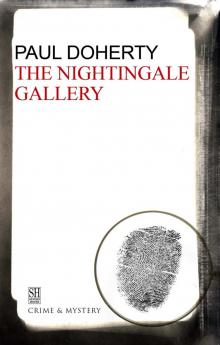 The Nightingale Gallery
The Nightingale Gallery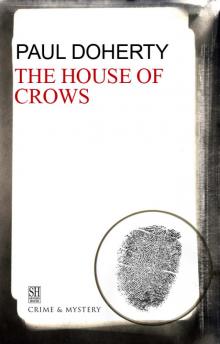 The House of Crows
The House of Crows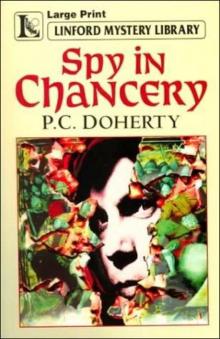 Spy in Chancery hc-3
Spy in Chancery hc-3